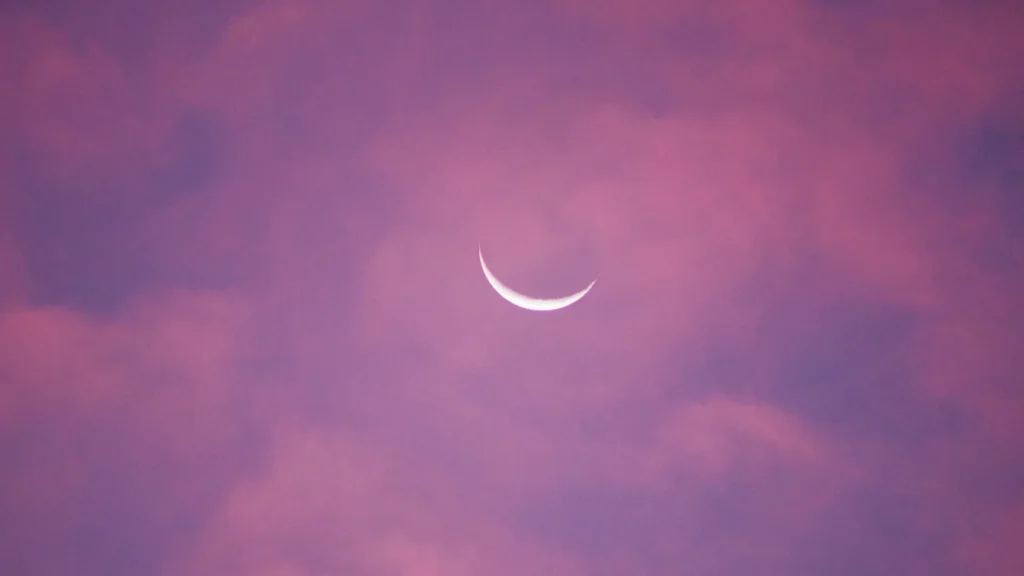
The “Great American Eclipse” dazzled viewers on Monday, April 8, 20224, and those who missed this extraordinary astronomical phenomenon will have to wait until 2044 for the next total solar eclipse over North America. Fortunately, you can relive the event through online videos from optimal viewing locations, and marvel at the plethora of stunning eclipse photographs available. Now is also the perfect time to start planning for the next opportunity to witness such an event.
A total solar eclipse occurs when the moon moves between the Earth and the sun, completely or partially obscuring the sun and briefly turning daylight into darkness. The experience of the eclipse, including whether you see a complete eclipse (known as totality) or a partial one, depends on your viewing location relative to the eclipse’s path.
The most recent total solar eclipse graced the skies from the Mexican Pacific coast on April 8 at 11:07 a.m. PT, moving northeast across the United States from Texas to Maine, and then continuing into eastern Canada. If you were outside this path of totality, you can still enjoy the event through various online platforms.
Photos and footage of the 2024 eclipse are widely accessible, showcasing its journey across different regions, from Mexico to Canada. The eclipse was notably visible in cities such as San Antonio, Indianapolis, and Buffalo, with local times marking its progression across these areas.
For those who wish to revisit the 2024 eclipse, NASA hosted a three-hour live stream, featuring expert commentary and views from several prime locations. This broadcast is available on NASA Plus, NASA’s official website, and CNET’s YouTube channel.
Looking ahead, while North America will not witness another total solar eclipse until 2044, other types of eclipses will be visible worldwide. The next significant eclipses include an annular solar eclipse in 2024 visible from South America, and various partial eclipses visible across different continents from 2025 to 2026.
For optimal eclipse viewing, it is crucial to position yourself directly in the path of the eclipse. As future eclipses approach, be sure to check for the best viewing locations.
Eclipse safety is paramount, especially for your eyes. Viewing an eclipse directly without appropriate protection can cause severe eye damage. It is essential to use solar viewing glasses that meet the ISO 12312-2 safety standard. For photography enthusiasts, attaching a certified solar filter to your camera is necessary to safely capture the event.
For further reading on eclipse photography and safety, resources such as the Solar Snap app offer tools and tips for enhancing your eclipse viewing experience.
Comparatively, the 2024 eclipse was more expansive and lasted longer than the 2017 eclipse, providing viewers with a unique and memorable spectacle. To stay informed on eclipse-related information, including where to find free solar viewing glasses and how to verify their authenticity, keep up with ongoing coverage and expert advice.
Get special deals, offers, and discount coupons.

AM2PM Eyewear is your top provider of sunglasses, lenses, and accessories. Whether you’re looking for something bold to make a statement or something subtle for everyday wear, you’ll find those tried-and-true favorites that you can’t go wrong with.
Women’s
Men’s